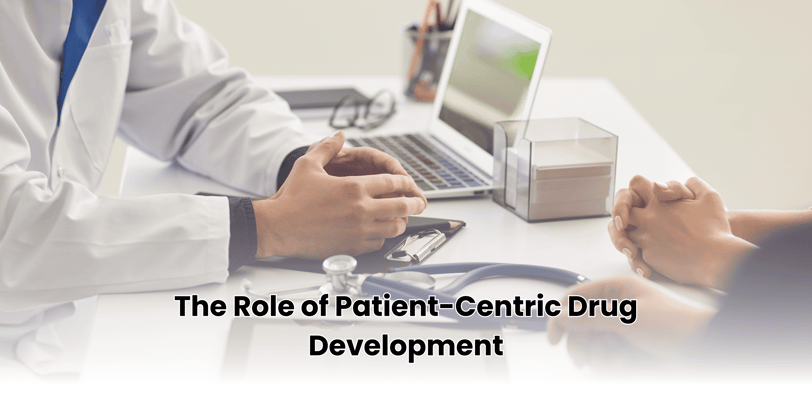The Role of Patient-Centric Drug Development
In the evolving landscape of healthcare, patient-centric drug development is gaining prominence. Traditional drug development has often focused on regulatory and commercial aspects, but modern approaches emphasize patient needs, preferences, and experiences. By incorporating patient feedback at every stage, pharmaceutical companies can develop more effective, accessible, and personalized treatments. But what does patient-centricity really mean, and how is it transforming drug development? Let’s explore.
2/7/20252 min read


What is Patient-Centric Drug Development?
Patient-centric drug development is a model that actively involves patients in the design, testing, and delivery of new therapies. It prioritizes their perspectives to ensure that medications are not only clinically effective but also safe, convenient, and aligned with real-world needs.
Key Elements of Patient-Centric Drug Development
1. Early Patient Involvement in Research
Pharmaceutical companies are increasingly engaging patients at the research stage to better understand disease experiences and treatment expectations. Patient advocacy groups and direct patient feedback play a crucial role in shaping drug design and trial objectives.
2. Designing Patient-Friendly Clinical Trials
One of the biggest challenges in drug development is ensuring that clinical trials are accessible and representative. Companies are now:
Reducing travel burdens by incorporating remote monitoring and telemedicine.
Using real-world data to create more relevant trial endpoints.
Designing studies that accommodate diverse populations, ensuring inclusivity.
3. Personalized Medicine and Targeted Therapies
Advances in genomics and precision medicine are enabling more tailored treatments based on an individual’s genetic profile. This approach increases treatment efficacy while minimizing side effects.
4. Improving Drug Delivery and Adherence
A key component of patient-centricity is making medications easier to take. Companies are:
Developing alternative drug formulations, such as long-acting injectables and dissolvable tablets.
Enhancing drug packaging for ease of use, especially for elderly and disabled patients.
Utilizing digital tools and mobile apps to track medication adherence and provide real-time support.
5. Regulatory and Industry Support
Regulatory agencies like the FDA and EMA are promoting patient-centric initiatives, encouraging the use of patient-reported outcomes in drug approval processes. Pharmaceutical companies are also forming partnerships with patient organizations to better integrate feedback.
Benefits of Patient-Centric Drug Development
Higher Treatment Success Rates: By aligning drugs with patient needs, adherence and efficacy improve.
Reduced Trial Costs and Timelines: Early patient insights help refine trial designs, minimizing delays.
Greater Patient Trust and Engagement: Patients feel more valued, leading to stronger relationships with healthcare providers and pharma companies.
Challenges and Future Prospects
Despite its advantages, patient-centric drug development faces challenges such as data privacy concerns, regulatory complexities, and the need for better digital infrastructure. However, as technology and collaboration continue to evolve, patient involvement will become an integral part of drug development.
Conclusion
Patient-centric drug development is shaping the future of medicine by ensuring treatments are designed with the end user in mind. By engaging patients early, embracing personalized medicine, and leveraging technology, the pharmaceutical industry can create therapies that are more effective, accessible, and aligned with real-world needs. As patient voices continue to grow stronger, the industry must adapt to truly prioritize the people it serves.
